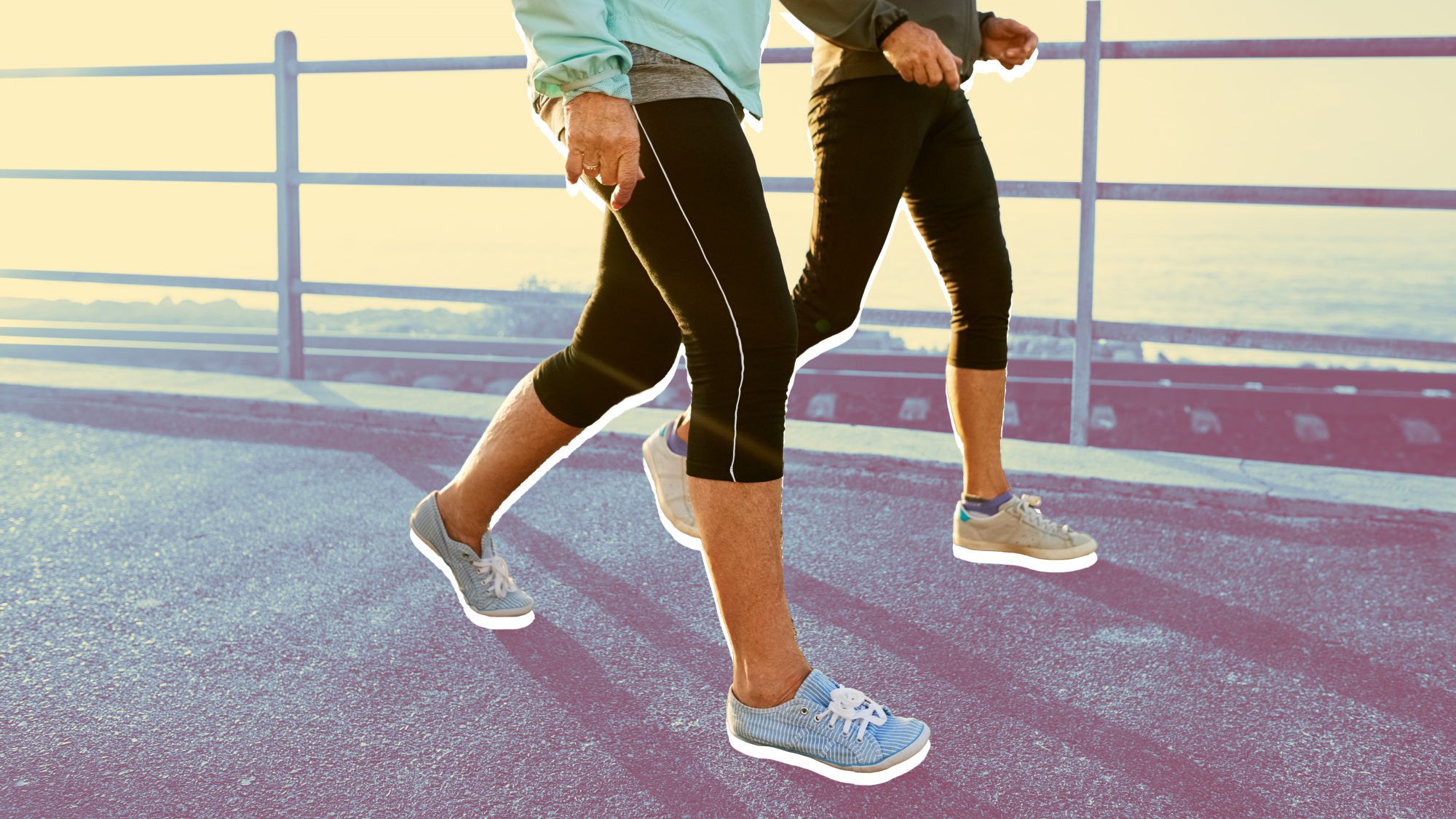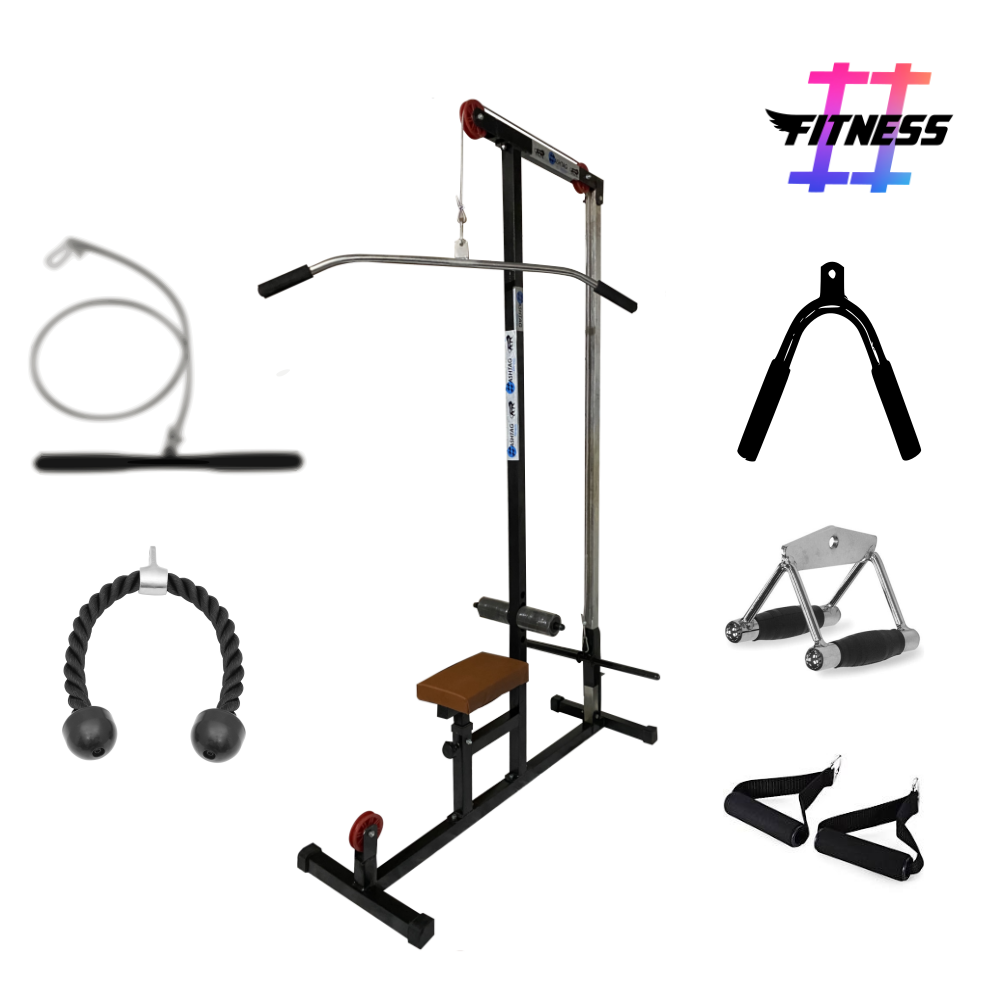
Plyometrics
An athlete should include plyometrics in their workout routine. The training technique is a combination of exercises that mimic jumping and increase an athlete's speed and explosiveness. The training method was first developed by Soviet scientists during the Cold War. Dr. Yuri Verkhoshansky published these findings in 1964. These studies proved that jump training helped athletes gain strength and explosiveness.
The scientific principles behind plyometrics have been used to train athletes. They can also serve as a basis for many other fitness exercises. One-leg bounds for example are a high-intensity exercise that can help athletes increase their explosive power. Training also increases speed and elasticity in muscles.
Deadlifts
Deadlifts are a great way of building strength and athleticism. They work on large muscle groups like gluteus maximus (hamstrings), quadriceps (quadriceps), and hamstrings (hamstrings). Additionally, they improve overall mobility and posture. This compound exercise offers many benefits that make it a must-have in any athlete's routine.

A deadlift is a key component of any strength-training plan because it improves trunk stability. This feat is possible with very few other exercises. The deadlift improves coordination, strength, and endurance. Additionally, the deadlift is the foundation for many ground-based lifts. A proper deadlift can benefit athletes and the general population.
The Mature Athlete's Cycle
A workout plan for mature athletes has many phases. Each phase has a different training focus. These phases promote general fitness, healing, and work capacity. Each phase has a different training load based on volume, intensity and rest.
The macrocycle has the longest duration of all the training cycles. It consists of four training phases and incorporates the entire 52-week annual plan. This type allows athletes to train simultaneously for multiple major events, which is great for long-term planning. A trained athlete might want to reach the top in a national championship race. A multi-peak training plan can then be developed based on this goal.
Active recovery
After an athlete workout, the body needs time to recover. Your heart rate should be kept below 70 percent while you recover. Work at a lower rate of heart rate such as walking, jogging, or light stretching. Active recovery workouts vary in length depending on the athlete’s fitness and training load. In general, recovery workouts should be between 30 and 65 percent of the usual workout length.

Consider whether you feel exhausted or invigorated when deciding on the type of active recovery that you should do after an athlete's workout. Then, choose activities that you find enjoyable, such as yoga, swimming, cycling, or walking. Incorporating beginner stretches into your workout can make low-impact activities more enjoyable and engaging.
FAQ
Can exercise help me lose weight?
Yes. Regular exercise will help to reduce weight by burning more calories. Exercising can increase your metabolism so that you can burn calories even when you're not working out.
Are there any exercises I should not do?
Before beginning any new workout program, consult your doctor. There are some people who have medical conditions or injuries that make it difficult to exercise. Some activities also require special equipment. Swimming, for example, requires swimming suits and access to the pool.
What should I do if I'm working out?
Consuming large quantities of alcohol can cause you to gain weight. A moderate amount of alcohol, one drink per day, may be beneficial for endurance during exercise. It may reduce fatigue and muscle soreness from intense exercise.
Which Is Most Important: Diet, Exercise, or Sleep?
This depends on what you're trying to achieve. Weight loss is possible by following a healthy diet. To build muscle mass, exercise is crucial. Sleep is the last important factor, as it has little to do with how well your day goes.
How many hours of rest should I get each evening?
The recommended sleep hours vary based on gender, age and individual needs. Most adults need between 7 and 9 hours of sleep per night. Teenagers and young children generally need around 10 hours of sleep each night. This number decreases as they age.
Can I exercise after eating?
It depends on what type of exercise you're performing. Avoid doing strenuous activity after eating, as it can cause stomach cramps. Light aerobic activities such brisk biking and walking are better.
Statistics
- Adolescent girls were less active than adolescent boys, with 85% vs. 78% not meeting WHO recommendations of at least 60 minutes of moderate to vigorous intensity physical activity per day. (who.int)
- In high-income countries, 26% of men and 35% of women were insufficiently physically active, as compared to 12% of men and 24% of women in low-income countries. (who.int)
- According to the Centers for Disease Control and Prevention, chronic diseases cause 7 out of 10 deaths in the U.S., and treating chronic diseases accounts for 86% of U.S. healthcare costs. (mana.md)
- One study showed that adults who watch more than 4 hours of television daily had an 80% higher risk of death from cardiovascular disease. (heart.org)
External Links
How To
How to motivate you to exercise regularly
A fitness program is a collection of exercises that you do regularly over a period of time. It helps people build muscle mass and tone their bodies. Regular physical activity improves cardiovascular health and reduces blood pressure, cholesterol levels, risk of heart disease and stroke, diabetes, depression, anxiety, stress, obesity, osteoporosis, and many other diseases. Exercise provides psychological benefits like self-esteem and confidence, mood, energy levels, sleep quality, and social interaction.
Why not follow your own workouts?
If you want to lose weight, improve your overall health and get fit, then you should start following a fitness routine. But why would you want to follow one? Let's find out!
What does it really mean to exercise?
This means that you should do some type of exercise at least three times per week, such as running, swimming, biking, swimming, yoga or martial arts. This does not mean that you need to exercise for hours. A mere 30 minute session can help burn calories and keep the body fit. The most important thing is that you stick to the plan. Do not worry if you forget a day. You can just pick up from where you left off the previous time.
What amount of time do I need for my fitness regimen?
The time it takes depends on how busy and active you are. An average workout takes 20-30 mins. However, if you're new to exercising, try starting slowly with five or 10 minutes first. Gradually increase the time until you feel comfortable.